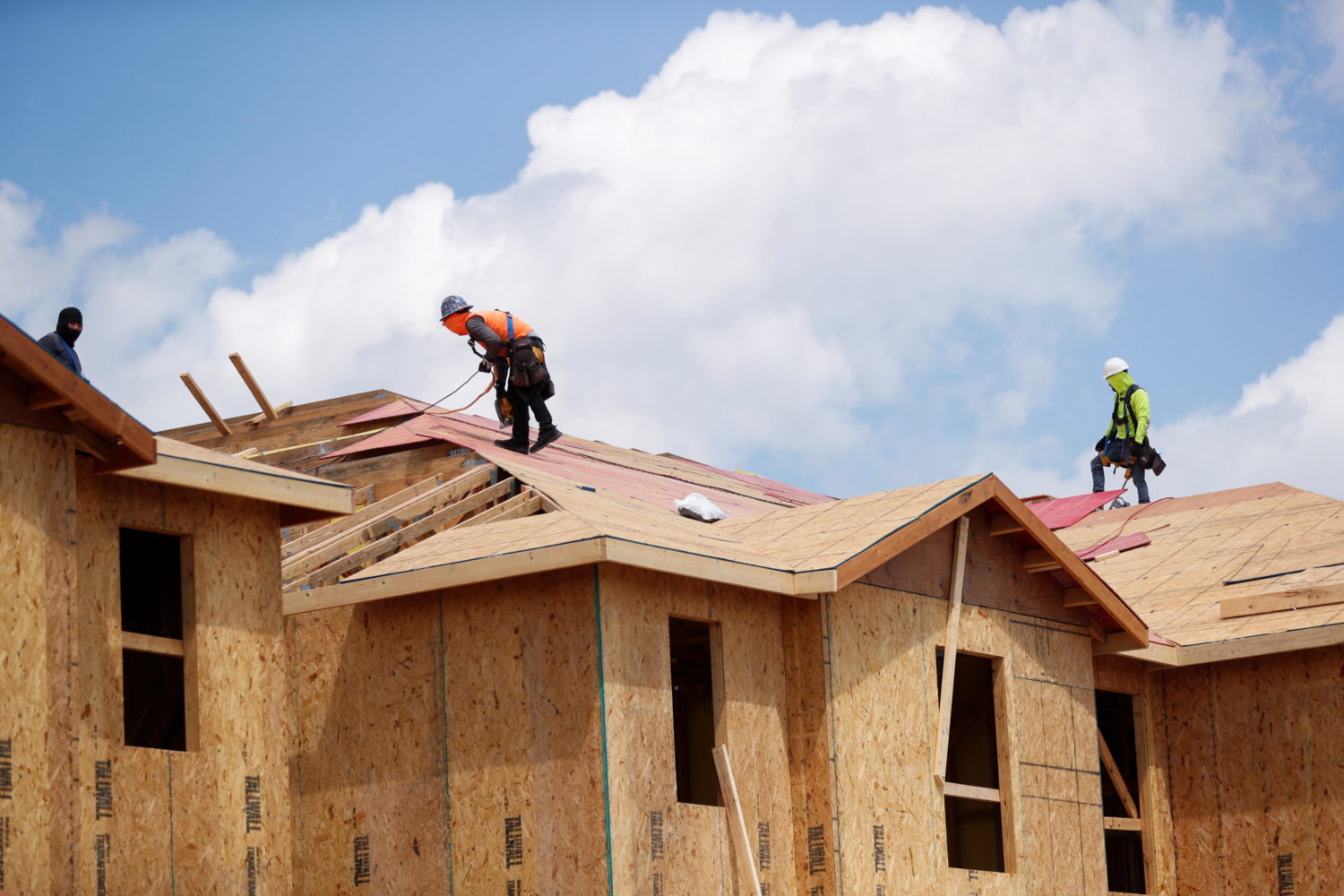
WASHINGTON (Reuters) – Sales of new U.S. single-family homes surged to a six-month high in September, but higher house prices are making homeownership less affordable for some first-time buyers.
New home sales jumped 14.0% to a seasonally adjusted annual rate of 800,000 units last month, the highest level since March, the Commerce Department said on Tuesday. August’s sales pace was revised down to 702,000 units from the previously reported 740,000 units. Sales increased in the populous South, as well as in the West and Northeast. They, however, fell in the Midwest.
Economists polled by Reuters had forecast new home sales, which account for more than 10% of U.S. home sales, increasing to a rate of 760,000 units. Sales dropped 17.6% on a year-on-year basis in September. They peaked at a rate of 993,000 units in January, which was the highest since the end of 2006.
Demand for housing surged early in the COVID-19 pandemic amid an exodus from cities to suburbs and other low-density locations as Americans sought more spacious accommodations for home offices and online schooling. The buying frenzy has abated as workers return to offices and schools reopened for in-person learning, thanks to COVID-19 vaccinations.
The median new house price accelerated 18.7% in September to $408,800 from a year ago. Sales continued to be concentrated in the $200,000-$749,000 price range. Sales in the under-$200,000 price bracket, the sought-after segment of the market, accounted for only 2% of transactions.
About 74% of homes sold last month were either under construction or yet to be built. There were 379,000 new homes on the market, unchanged from in August. Houses under construction made up 62.5% of the inventory, with homes yet to be built accounting for about 28%.
Builders are being hamstrung by shortages of key inputs like copper and steel because of strained supply chains. Lumber for framing remains expensive, while labor and some household appliances are also scarce.
The government reported last week that housing starts and building permits fell in September.
At September’s sales pace it would take 5.7 months to clear the supply of houses on the market, down from 6.5 months in August.
(Reporting by Lucia Mutikani; Editing by Chizu Nomiyama)




